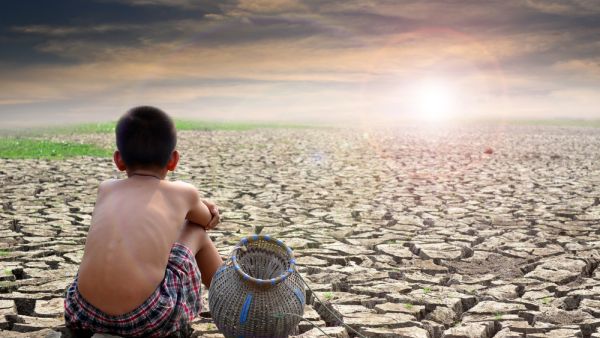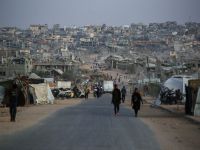The Maghreb, the Balkans and the Near East are the regions that are at risk of losing the greatest number of wetland species due to climate change, according to the 2nd report of the Mediterranean Wetlands Observatory (MWO-2), "challenges and opportunities: solutions for sustainable Mediterranean wetlands".
This report is based on the analysis of 16 indicators relating to wetland biodiversity, the ecosystem services they provide, the threats they face and the measures taken by society to conserve and manage them in a sustainable manner.
//Tunisia: sharp increase in pressure on wetlands //
The report, published in October, pointed out that demographic data in Tunisia shows that 8.6% of the Tunisian population (about 1.1 million inhabitants) live within 2 km of a wetland, areas where population growth over the past 25 years has exceeded 94% (compared to the national average of 38%).
This is a perfectly reflects the increasing pressures on these ecosystems and, in particular, on the services they provide to society (water and food supply, recreation, protection against floods and marine flooding, water purification, etc.).
In addition, when urbanisation takes place without reconciling socio-economic issues with the protection of habitats and their biodiversity, wetlands can even become a source of nuisance for local populations, including the risk of flooding of dwellings, the release of unpleasant odours resulting from high water eutrophication, landscape deterioration and the proliferation of mosquitoes.
On the contrary, if land management is carried out in an integrated and thoughtful manner, the proximity of wetlands does not cause major inconvenience and would become an asset for local residents, i.e. areas for recreation, leisure, relaxation, resourcing, etc., or would even promote local development through ecotourism, for example, adds the same source.
// Tunisia has registered 21 RAMSAR sites since 2010
The report added that the number and area of Mediterranean Ramsar sites had increased by 16% and 11% respectively since 2010, with 55 new Ramsar sites since 2010, representing an additional area of 660,000 hectares.
Tunisia, France and Spain are the countries with the highest number of sites inscribed, with 21, eight and seven additional sites respectively. Of these 55 sites, 14 are coastal, 27 continental and 14 artificial.
Since the publication of the report entitled "Mediterranean wetlands: challenges and opportunities in 2012", Tunisia has doubled its number of Ramsar sites and increased the designated area by 16%.
For their part, Jordan and Montenegro have each designated their 2nd Ramsar Site and Egypt, with the designation of two very large Ramsar sites covering more than 300,000 ha, has nearly half of the total newly designated area in the Mediterranean.
The Ramsar Convention on Wetlands, the only global environmental treaty dedicated to the protection of a particular ecosystem, namely wetlands, has 169 Contracting Parties that have committed to designate appropriate wetlands in their territory for inclusion in the List of Wetlands of International Importance.
These parties will ensure the conservation, management and wise use of wetlands in its territory to maintain their ecological character.
The document recalled that Mediterranean wetlands, in particular coastal wetlands, play a crucial role in mitigating the effects of climate change, water storage, groundwater recharge, storm protection, flood mitigation, shoreline stabilisation, erosion control and retention of carbon, nutrients, sediments and pollutants.
This article has been adapted from its original source.








